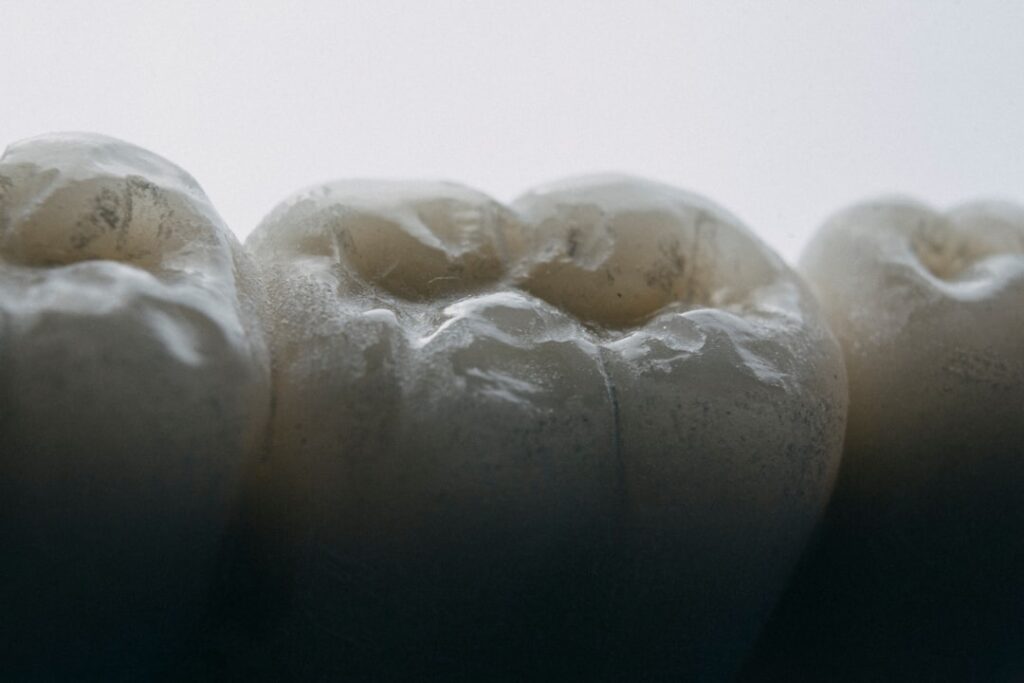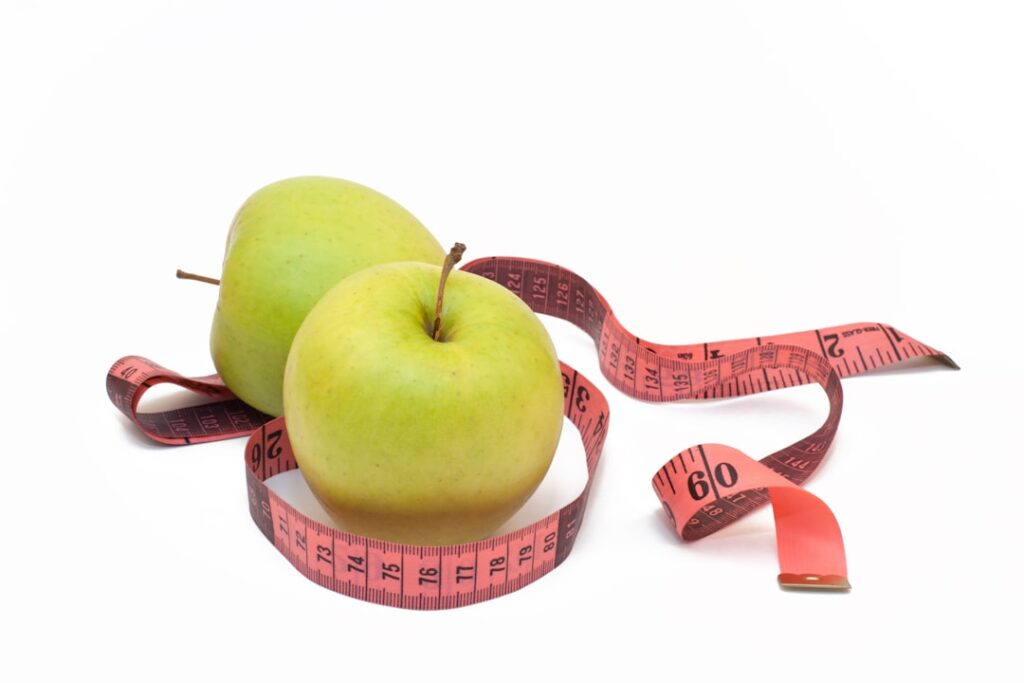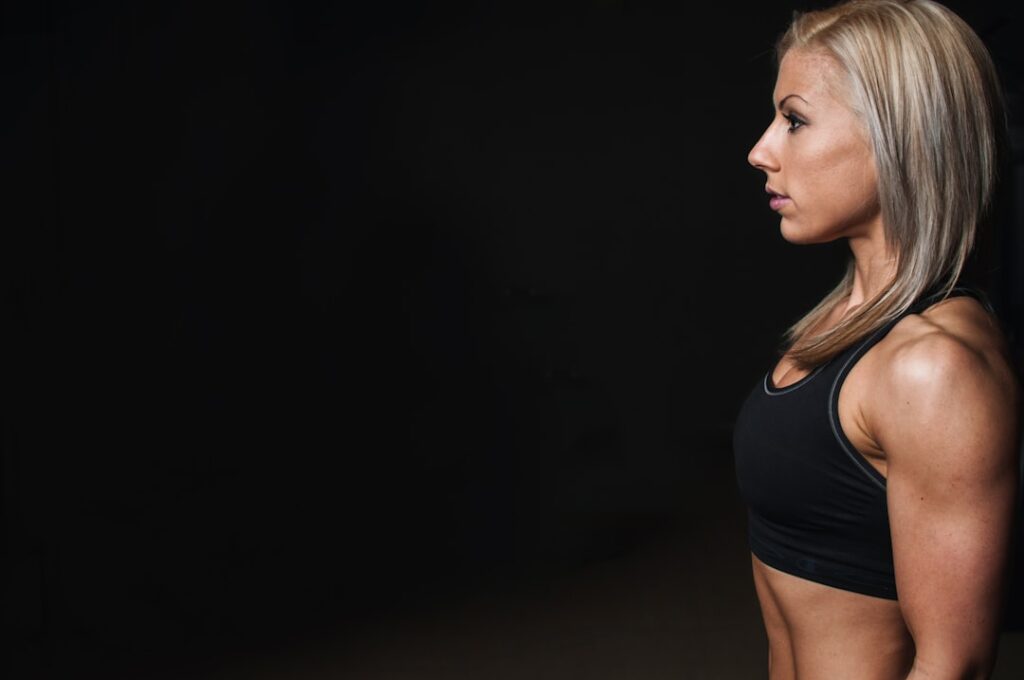Guard Your Glow: Essential Skin Cancer Prevention Tips for a Healthier Future
Imagine a warm, sunny day – the kind that beckons you outdoors, promising relaxation and joy. Whether you’re at the beach, gardening, or simply enjoying a walk, the sun’s embrace feels good. But beneath that pleasant warmth lies a potent force that, if not respected, can pose a serious threat to your health: ultraviolet (UV) radiation. Understanding and practicing effective skin cancer prevention tips isn’t just about avoiding sunburns; it’s about safeguarding your long-term well-being and ensuring you can continue to enjoy life’s moments under the sun, safely.
For many, skin cancer feels like a distant threat, something that happens to “other people.” Yet, it’s the most common cancer in the United States, with millions of cases diagnosed annually. The good news? It’s also one of the most preventable cancers. This comprehensive guide will delve into why sun protection is paramount, offer evidence-based strategies, debunk common myths, and empower you with the knowledge to make sun safety a natural part of your daily routine. Your skin is your body’s largest organ – let’s give it the protection it deserves.
The Silent Threat: Understanding Skin Cancer and Its Impact
Skin cancer isn’t a single disease; it’s an umbrella term for abnormal cell growth in the skin, most often caused by exposure to the sun’s harmful UV rays. While some forms are less aggressive, others can be deadly if not detected and treated early. Understanding these different types and their potential impact is the first step towards effective prevention.
Types of Skin Cancer and Their Causes
- Basal Cell Carcinoma (BCC): The most common type, BCCs often appear as pearly bumps or flat, flesh-colored lesions. They typically grow slowly and rarely spread to other parts of the body but can cause disfigurement if left untreated.
- Squamous Cell Carcinoma (SCC): The second most common, SCCs often look like red, firm bumps, scaly patches, or sores that don’t heal. While more likely to spread than BCCs, early detection usually leads to successful treatment.
- Melanoma: Though less common than BCC or SCC, melanoma is the most dangerous form of skin cancer. It can develop from an existing mole or appear as a new, dark spot. Melanoma is aggressive and can spread rapidly to other organs if not caught early, making its prevention and early detection critically important.
The primary cause across all types is exposure to ultraviolet (UV) radiation from sunlight or tanning beds. This radiation damages the DNA in skin cells, leading to mutations that can cause uncontrolled cell growth. While UV exposure is the main culprit, other risk factors include fair skin, a history of severe sunburns, a large number of moles, a weakened immune system, and a family history of skin cancer.
The Far-Reaching Impact on Health and Life
The consequences of skin cancer extend beyond the physical. A diagnosis can bring immense emotional stress, anxiety, and fear. Treatment, depending on the type and stage, might involve surgery, radiation, chemotherapy, or immunotherapy, often leading to physical scarring, disfigurement, and prolonged recovery periods. The financial burden can also be substantial, with costs for diagnosis, treatment, and follow-up care accumulating quickly. Furthermore, advanced melanoma carries a significant risk of mortality, underscoring the severity of this disease.
According to the National Cancer Institute (NCI), skin cancer rates, particularly melanoma, have been rising for several decades. In the U.S. alone, an estimated 100,640 new cases of melanoma will be diagnosed in 2024, and about 8,290 people are expected to die from it. These numbers highlight why proactive prevention isn’t just a suggestion; it’s a vital health imperative.
Source: National Cancer Institute. “Cancer Stat Facts: Melanoma of the Skin.” https://seer.cancer.gov/statfacts/html/melanoma.html (Accessed [Current Year, Current Month])
The Science of Sun Damage: Why Protection Matters
To truly appreciate the value of prevention, it helps to understand what happens at a cellular level when your skin is exposed to the sun. UV radiation comes in two main forms that affect your skin:
- UVA rays: Penetrate deeply into the skin, contributing to premature aging (wrinkles, age spots) and playing a significant role in skin cancer development.
- UVB rays: Primarily responsible for sunburns, they damage the outermost layers of the skin and are a major cause of most skin cancers.
Both UVA and UVB rays can damage the DNA in your skin cells. When this damage occurs, cells may not be able to repair themselves properly, leading to mutations. Over time, these mutations can accumulate and cause cells to grow uncontrollably, forming cancerous lesions. Each sunburn increases your risk, but even tanning without burning indicates DNA damage. This cumulative damage underscores the need for consistent, lifelong sun protection.
(Image Suggestion: Infographic illustrating UV rays penetrating skin layers, showing damage to DNA and collagen.)
Evidence-Based Skin Cancer Prevention Tips for Everyday Life
Empowering yourself with knowledge is key, but action is what truly makes a difference. Here are practical, evidence-based skin cancer prevention tips you can integrate into your daily life, supported by medical and behavioral insights.
1. Strategic Sun Avoidance: Timing is Everything
The simplest and most effective strategy is to limit your direct sun exposure, especially during peak hours when UV radiation is strongest. This isn’t about becoming a hermit; it’s about smart planning.
- Seek Shade: Whenever possible, use natural shade (trees) or artificial shade (umbrellas, awnings).
- Peak Hour Awareness: The sun’s UV rays are most intense between 10 AM and 4 PM. If your shadow is shorter than you are, the sun’s rays are strongest. Try to schedule outdoor activities outside these hours.
- Psychological Tie-in: Making “shade seeking” a default behavior requires conscious effort initially but can become an automatic habit. Frame it as a self-care act, prioritizing long-term health over immediate gratification.
2. The Power of Protective Clothing
Clothing acts as a physical barrier against UV rays, offering a superior and more consistent level of protection than sunscreen alone, especially for prolonged outdoor activities.
- Wear UPF Clothing: Look for clothing with an Ultraviolet Protection Factor (UPF) label. A UPF of 30 or higher is considered very good protection. Many outdoor brands offer stylish and comfortable UPF apparel.
- Long Sleeves and Pants: Even regular, tightly woven clothing offers good protection. Darker colors and denim tend to block more UV rays than light colors and loosely woven fabrics.
- Wide-Brimmed Hats: A hat with a brim of at least 3 inches all around provides excellent protection for your face, ears, and neck. Baseball caps only protect your scalp and part of your face.
- UV-Blocking Sunglasses: Protect your eyes and the delicate skin around them from UV damage, which can lead to cataracts and skin cancer around the eyes. Look for sunglasses that block 99-100% of UVA and UVB rays.
3. Mastering Sunscreen Application
Sunscreen is a crucial component of sun protection, but it’s often misused. Understanding how to choose and apply it correctly is vital.
- Choose Wisely: Opt for a broad-spectrum sunscreen (protects against both UVA and UVB rays) with an SPF (Sun Protection Factor) of 30 or higher. For extended water activities, choose a water-resistant formula.
- Apply Generously: Most people don’t use enough. The general recommendation is about one ounce (a shot glass full) for your entire body.
- Don’t Forget Exposed Areas: Lips (use SPF lip balm), ears, neck, tops of feet, and scalp (if hair is thinning) are common areas missed.
- Reapply Regularly: Reapply at least every two hours, or more frequently after swimming, sweating, or towel drying.
- Clinical Evidence: Research consistently shows that regular sunscreen use significantly reduces the incidence of skin cancer, including melanoma. A study published in the Journal of Clinical Oncology in 2011 demonstrated that daily use of sunscreen reduced the risk of melanoma by 50% in the study population.
Source: Green, A. C., Williams, G. M., Logan, R. A., & Strutton, G. M. (2011). Reduced melanoma incidence in subjects using sunscreen regularly. Journal of Clinical Oncology, 29(3), 257-263. https://ascopubs.org/doi/10.1200/JCO.2010.31.2986
4. Regular Skin Self-Exams and Professional Screenings
Early detection is paramount for successful treatment, especially for melanoma. You are your first line of defense.
- Monthly Self-Exams: Get to know your skin and check for any new moles, changes in existing moles, or suspicious lesions. Use a full-length mirror and a hand mirror to check all areas, including your scalp, palms, soles of your feet, and between your fingers and toes.
- The ABCDEs of Melanoma: Remember these signs when examining moles:
- Asymmetry: One half doesn’t match the other.
- Border: Edges are irregular, ragged, notched, or blurred.
- Color: The color is not uniform and may include shades of brown or black, or patches of pink, red, white, or blue.
- Diameter: The spot is larger than 6 millimeters (about the size of a pencil eraser), though melanomas can be smaller.
- Evolving: The mole is changing in size, shape, color, or elevation, or any new symptoms like bleeding, itching, or crusting.
- Annual Dermatologist Visits: Schedule a professional skin exam with a dermatologist, especially if you have risk factors. They can spot suspicious lesions that you might miss and track changes over time.
Source: American Academy of Dermatology Association. “How to spot skin cancer: The ABCDEs of melanoma.” https://www.aad.org/public/diseases/skin-cancer/find/at-risk/abcdes (Accessed [Current Year, Current Month])
(Image Suggestion: Diagram showing the ABCDEs of melanoma.)
Beyond the Basics: Less Obvious Sun Safety Strategies
While the core prevention strategies are well-known, some aspects of sun safety often go overlooked, yet they can significantly reduce your risk.
Window Protection: UV Film for Cars and Homes
Many people assume they are safe from UV rays when indoors or in a car. While standard window glass blocks most UVB rays, it allows significant amounts of UVA to pass through. Prolonged exposure in cars (especially on the driver’s side) and near untreated windows at home can contribute to chronic sun damage.
- Automotive Window Tinting: Consider applying clear or tinted UV-protective film to your car windows. This film can block up to 99% of UV rays, offering crucial protection during commutes or long drives.
- Residential Window Treatments: For windows in your home where you spend a lot of time (e.g., near a desk, reading nook), UV-blocking films or curtains can provide an extra layer of protection, safeguarding both your skin and your furnishings from sun damage.
Understanding Reflective Surfaces
It’s not just direct sunlight that poses a threat. UV rays can bounce off certain surfaces, exposing you to higher doses of radiation even if you’re in the shade or partially covered.
- Snow: Fresh snow can reflect up to 80% of UV radiation, making winter sports a high-risk activity for sunburn, especially at high altitudes.
- Water and Sand: Water reflects about 5-10% of UV, and dry beach sand reflects about 15-20%. This explains why you can get a severe sunburn even under an umbrella at the beach if you’re close to the water or sand.
- Concrete: Reflects about 10% of UV rays.
When in environments with highly reflective surfaces, double down on your sun protection strategies.
Diet and Skin Health: An Internal Defense (with a caveat)
While no food can replace sunscreen or protective clothing, certain nutrients can support your skin’s natural defenses against environmental damage.
- Antioxidant-Rich Foods: Foods high in antioxidants, such as brightly colored fruits and vegetables (berries, leafy greens, carrots, tomatoes), can help neutralize free radicals caused by UV exposure, potentially reducing oxidative stress and cellular damage.
- Omega-3 Fatty Acids: Found in fatty fish, flaxseeds, and walnuts, omega-3s possess anti-inflammatory properties that may help reduce sun-induced inflammation.
- Important Caveat: These dietary approaches are *supportive* measures. They do not provide sufficient protection against UV radiation on their own and should never be considered a substitute for physical sun protection or sunscreen.
Common Sun Safety Myths Debunked
Misinformation can be dangerous when it comes to sun safety. Let’s set the record straight on some pervasive myths that can put your skin at risk.
Myth 1: “Only fair-skinned people get skin cancer.”
Reality: While individuals with fair skin, freckles, and light eyes are at higher risk, skin cancer can affect people of all skin tones. In fact, skin cancers in people of color are often diagnosed at a later, more advanced stage, making them potentially more deadly. Melanin provides some natural protection, but it doesn’t block all UV rays. Everyone, regardless of skin color, needs sun protection.
Myth 2: “A base tan protects you.”
Reality: A “base tan” is a sign of skin damage. Any tan, by definition, is your skin’s response to injury from UV radiation. It signals that your body has produced melanin to try and protect itself from further damage. A tan offers minimal protection (equivalent to an SPF of about 2-4) and doesn’t prevent future sun damage or reduce your risk of skin cancer. Tanning beds are particularly dangerous, emitting concentrated UV radiation.
Myth 3: “Sunscreen is all you need.”
Reality: Sunscreen is a critical tool, but it’s not a magic shield. It’s often referred to as the last line of defense, not the only one. Sunscreen filters UV rays; it doesn’t block 100% of them. Relying solely on sunscreen without seeking shade or wearing protective clothing can lead to a false sense of security and increased exposure. The World Health Organization (WHO) emphasizes a multi-pronged approach to sun protection, including seeking shade, wearing protective clothing, and then applying sunscreen.
Source: World Health Organization. “Radiation: UV protection.” https://www.who.int/news-room/questions-and-answers/item/radiation-uv-protection (Accessed [Current Year, Current Month])
Myth 4: “You only need sun protection on sunny days.”
Reality: Up to 80% of the sun’s UV rays can penetrate clouds. So, even on overcast or cloudy days, your skin is still vulnerable to sun damage. UV rays also reflect off surfaces like water, snow, and concrete, increasing your exposure. Make sun protection a daily habit, regardless of the weather forecast.
A Personal Story of Vigilance: Sarah’s Journey
Sarah, a 42-year-old marketing professional, had always loved the outdoors. Growing up, she’d spent countless summers at the lake, often sporting a deep tan. She rarely used sunscreen and considered sunburns an inevitable part of summer. It wasn’t until her annual check-up that her doctor, noticing a persistent, non-healing sore on her ear, referred her to a dermatologist.
The diagnosis was Squamous Cell Carcinoma. It was caught early, but the news was a wake-up call. The procedure to remove the lesion left a small scar, a constant reminder of her past sun habits. “I never thought it would happen to me,” Sarah reflected. “I always associated skin cancer with moles, not just a weird spot on my ear. It made me realize how much I took my skin for granted.”
Inspired by her experience, Sarah became a fervent advocate for sun safety. She now meticulously applies broad-spectrum SPF 50 every morning, wears a wide-brimmed hat on her daily walks, and schedules her outdoor runs before 9 AM. “It’s not about hiding from the sun,” she explains, “it’s about respecting its power and being smart.”
Dr. Anya Sharma, a dermatologist at Coastal Dermatology Clinic, emphasizes Sarah’s proactive approach: “Sarah’s story is a perfect illustration of why consistent sun protection and regular self-exams are non-negotiable. Early detection is a game-changer, and empowering individuals with knowledge about their skin is one of the most impactful things we can do as healthcare providers. Don’t wait for a scare to prioritize your skin health.”
Embracing a Sun-Safe Lifestyle: Your Path to Lasting Health
The journey to lifelong skin health isn’t about fear; it’s about empowerment. It’s about making informed choices that protect your largest organ from preventable harm. By integrating these comprehensive **skin cancer prevention tips** into your daily routine, you’re not just avoiding a disease; you’re investing in your vitality, preserving your skin’s health, and ensuring you can enjoy the natural world safely and confidently for years to come.
Remember, the sun offers warmth and light, but it demands respect. Your skin tells the story of your life, and with thoughtful sun safety, you can ensure it’s a story of resilience and well-being. Take the first step today: make sun safety a non-negotiable part of your life, and inspire those around you to do the same. Your skin will thank you.
About the Author
Dr. Eleanor Vance, MD, MPH is a board-certified dermatologist and public health advocate with over 15 years of experience specializing in preventive medicine and dermatological oncology. Holding degrees from the University of California, San Francisco School of Medicine and the Harvard T.H. Chan School of Public Health, Dr. Vance is passionate about translating complex medical information into accessible, actionable advice for the public. Her work focuses on empowering individuals to take proactive steps towards skin health and early cancer detection, making her a trusted voice in sun safety and dermatological care.





